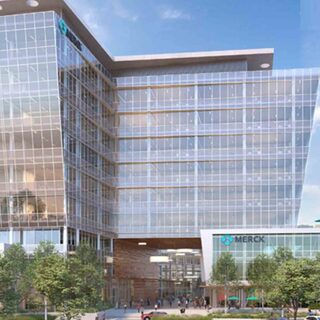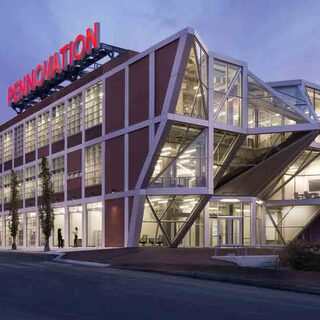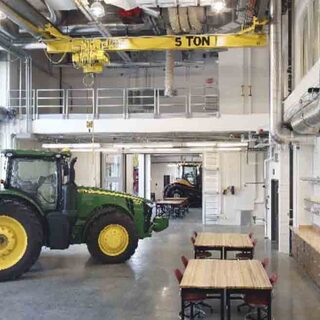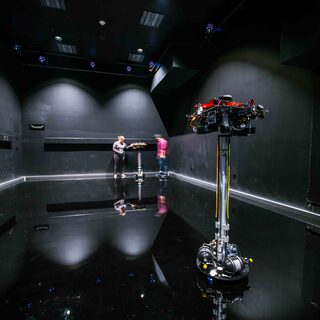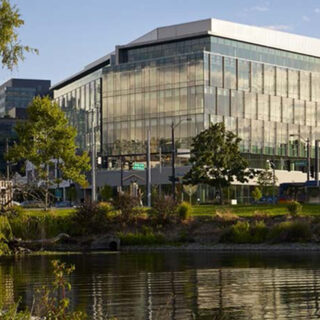Tradeline's industry reports are a must-read resource for those involved in facilities planning and management. Reports include management case studies, current and in-depth project profiles, and editorials on the latest facilities management issues.
Latest Reports
Merck’s New Research Buildings Respond to Disruptive Technology, Changing Social Norms
The distinctive design characteristics of the tech workplace are spilling over into the scientific research environment. Elements like glass-walled open-plan offices and labs, activity-based spaces, and the embrace of WELL standards are all making an appearance in Merck & Co., Inc.’s new nine-story, multi-disciplinary discovery research facility, set to open in South San Francisco in 2019. Along with other yet-to-be determined innovations, these features likely will be incorporated in the $8 billion in U.S. capital projects the pharmaceutical giant announced it will invest in over the next five years.
Innovation Hubs and Incubators Drive Academic Research to Commercialization
Innovation hubs and incubators are emerging as the best solution to help universities, entrepreneurs, researchers, and students transform their creative ideas into viable commercial ventures. Users want facilities that focus on entrepreneurship, creativity, and innovation; foster interdisciplinary collaboration and partnerships; offer responsive and flexible spaces; create a spirit of ground-up innovation; support commercialization of ideas/products; and connect to nearby universities, companies, and amenities.
New University STEM Facilities Planned with Industry Partnerships in Mind
Universities and businesses have worked together for decades. Today, changes in funding and in STEM career paths have made those partnerships more attractive than ever—so attractive, in fact, that many institutions are planning new spaces specifically for them. With limits on government funding in recent years, and state and local funding stagnant, many institutions are seeing 25 to 30 percent of their research funding coming from outside sources, primarily private industry. That has led to more elaborate and specific consideration of industry partnerships as a part of strategic planning.
Caltech’s New CAST Facility Simulates Testing Environments for Drones, Robots, and Satellites
To support its cutting-edge research in self-operated machines, the Center for Autonomous Systems and Technologies (CAST) at California Institute of Technology (Caltech) is equipped with several groundbreaking capabilities that set it apart from other engineering research facilities. At the top of the list are a drone testing arena capable of mimicking a full gamut of real-world weather conditions, and a zero-gravity-simulating space lab whose epoxy resin floor has been ground and polished to a final flatness of 0.003 of an inch. Three CAST components—the aerodrome, assembly lab, and the Space Robotics Controls Laboratory (SRCL)—are located in the 1940s-era Kármán building, originally constructed for wartime hydrodynamics research. Working with CO Architects and Matt Construction, Pasadena-based Caltech renovated the bunker-like building to create new types of spaces for cross-campus collaborations in the expanding field of autonomous drones, robots, and satellites, with a focus on practical applications in science, industry, and medicine.
Allen Institute’s Workplace Design for High-Throughput Neuroscience Research
To work effectively with huge amounts of complex research data requires not just computational efficiencies, but team-centered facility design. The Allen Institute’s new 270,000-sf Seattle facility implements an innovative floor plan to integrate lab space, office space, meeting space, natural lighting, air flow—and most importantly, movement of people. “What we have done with our new research building is to take the basic research model and scale it up to a more team-oriented environment,” says Paul Wohnoutka, senior director of operations. And it supports this new environment with several inventive energy-saving mechanical systems.

